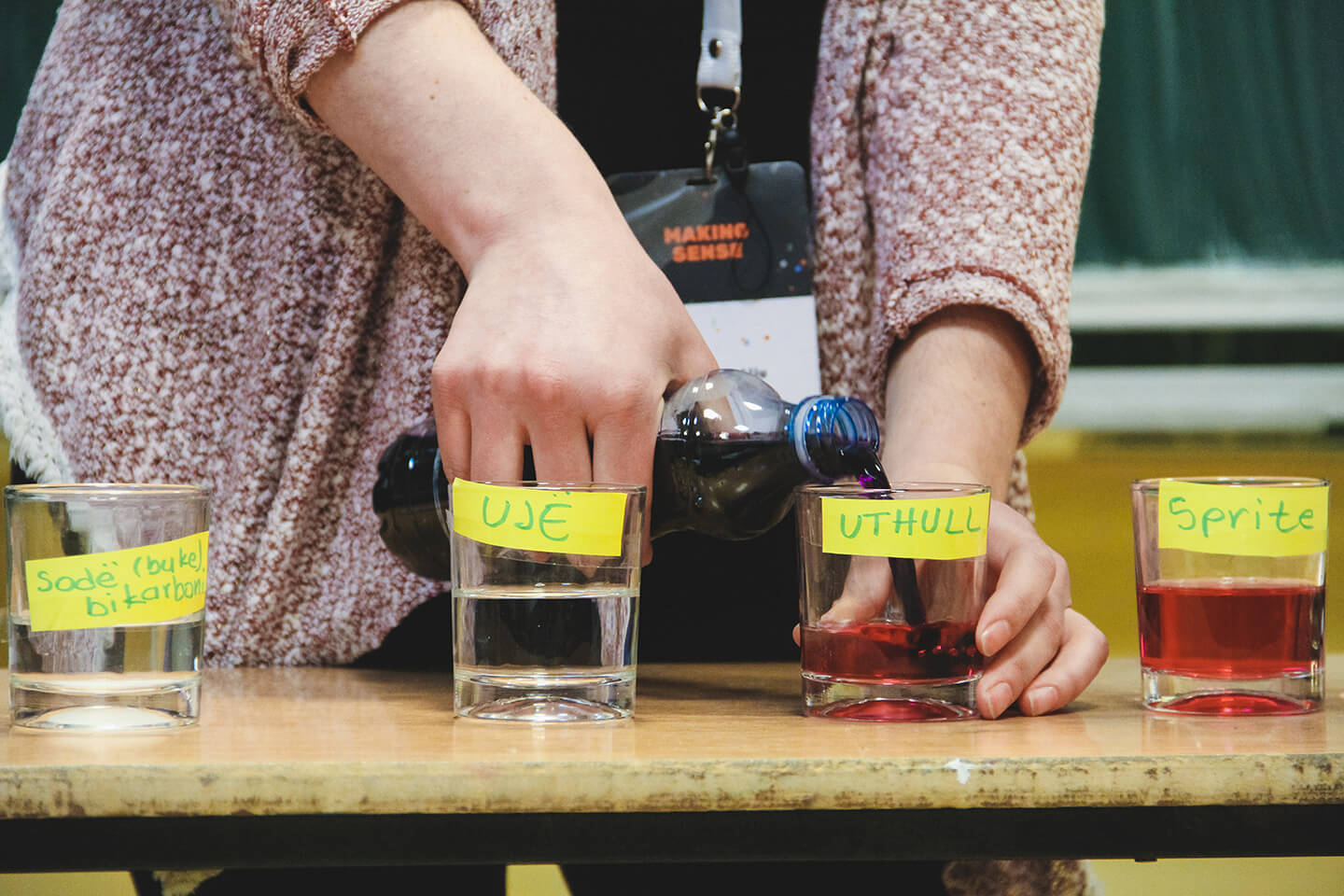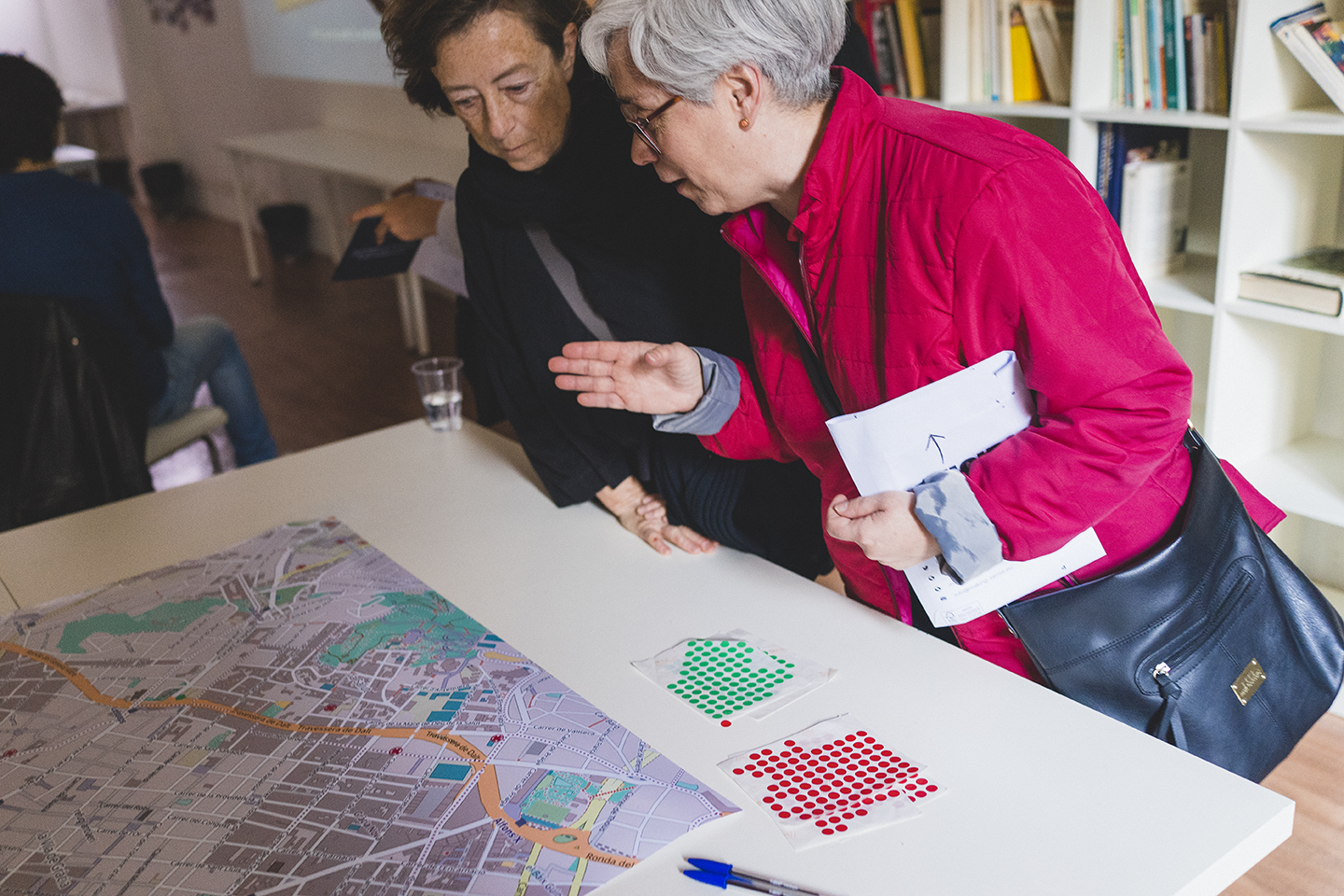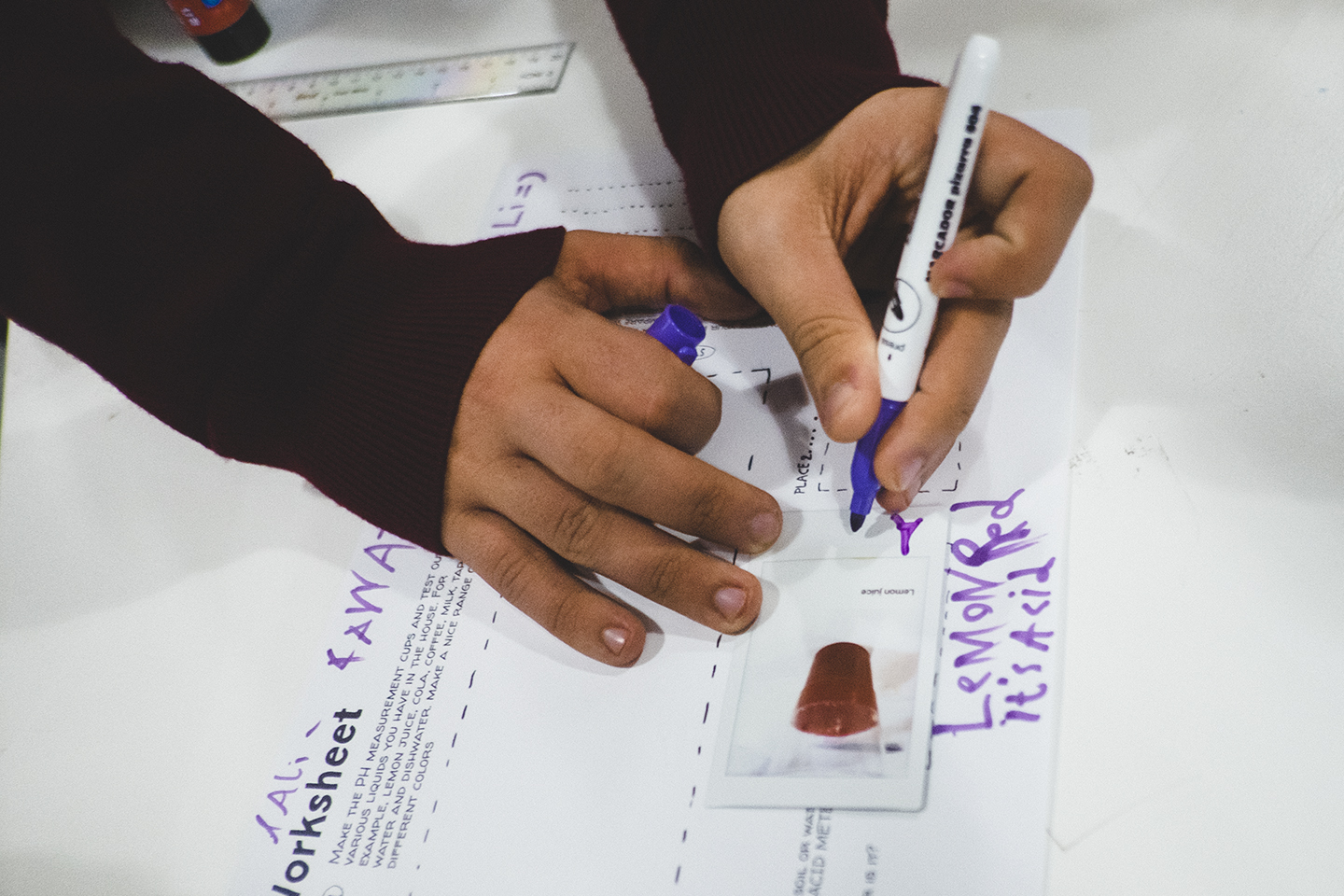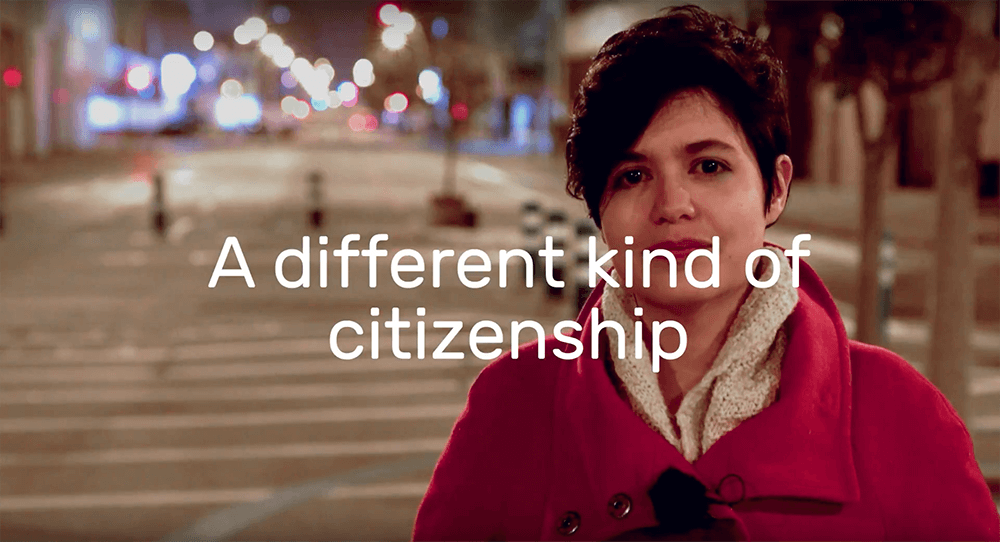Towards a Minimum Viable Open Manifesto #1
31 March 2017
Participatory lessons learned from and for Making Sense, towards an Minimum Viable Open Manifesto
At the end of Making Sense we aim to build a Minimum Viable Open Manifesto to provide other projects and their communities with our own insights to better devise citizen engagement strategies and sustainable action plans. The process is currently open and ongoing and we accept all contributions from all possible sources to keep on amassing new lessons.
These are some lessons on the participatory and community building side of Making Sense, mainly harvested and developed from the activities and debates that took place in the past year.
A big thanks to Liz Sanders and Mercé Grael for helping us jumpstart it. More to follow!
A MINIMUM VIABLE OPEN MANIFESTO
Part 1
Focus first and foremost on the needs and concerns of citizens and their communities.
Everything we do must matter to citizens and their communities. This may seem obvious at first, but even when collaboratively developing processes or deploying solutions, we might end up by ignoring it in favor of other technological, scientific, cultural, or even political agendas. Making sense refers to what should make sense first and foremost to community members within their local contexts, in particular tools and data that are easily and timely understandable, and above all, tools and data that are useful and actionable according to their own individual or collective needs. This has to be the main focus at the beginning, middle or end of all our processes.
Learn to manage internal and external expectations to fight frustration.
There’s a cautionary tale on the need to manage expectations by setting up realistic goals both internally and with engaged citizens and communities. Even when we are all highly motivated and fully trust our capabilities to deliver, we need to assume and prepare ourselves and others for the fact that not everything we imagine to be possible at technical or social levels will end up materializing itself. This should never be an excuse to limit our ambition or restrain our plans no matter how wishful they might be. But a decrease in internal participation or citizen engagement often comes attached to frustration for instance, and we need to anticipate and plan here for this kind of contingencies in a careful and timely manner.

Don’t push technological or social solutions just because you can.
Even when technology or social pushes are effective on initial stages as quick and dirty solutions for a specific problem, their effectiveness or appropriateness will likely diminish over time if not linked to communities of interest and good technical and social support structures. Ours are not commercial ventures and we don’t need to spread ideas or solutions at all costs as if the project’s success and impact depended on fast product uptakes. Find space to consider which are the optimal moments to deploy something and pay attention to what those already on the ground might be saying. Always be ready to remove something from the pipeline if it’s not time for it.
Still prototype and test fast and early as much as possible.
We don’t need to wait until everything is place to start testing our toolkits and data within ordinary and ground level contexts. We should always keep in mind to never push solutions in a hasty way. But we can and should use early stage prototyping and testing of social and technical processes and instruments if and whenever it feels adequate, as long as we keep them from being crystallized as ultimate solutions without space for further explorations. Incremental iterations are crucial when you aim for participatory innovation and truly wish to engage as many different voices as possible.
Facilitate the transition of citizens from “passive downloaders of data to active uploaders of action”.
Do not overload citizens with content or tools on their very first engagements. One way of avoiding this is going for progressive disclosure, although always remembering transparency. We can engage citizens with the basic technical or social information they need to get started, and then give them more as they become involved. We need to understand how not everyone needs to be fully engaged in all stages and how this will not compromise the process if done in an open way. Some people just want to observe while others prefer to explore at maximum speed, and this needs to be understood by all. Citizens will be able to make a better use of their own skills and power within this mindset, thus moving in much more sustainable and convivial ways from sensing, to awareness, to action.
Build trust and ownership processes with citizens and their communities.
Consider granting citizens extended decision-making powers in several steps along your processes, even if you need to simplify or slow down things you had already planned. Do it for example through open processes of internal organization and governance, or even just by creating more participatory communication and feedback channels. Consider also assigning small budgets to be run by the communities themselves. This will not only allow them to have extended knowledge and inputs on the project and what it often takes to make it happen, but it will also enhance their sense of ownership and responsibility while promoting conditions for long term engagement.














